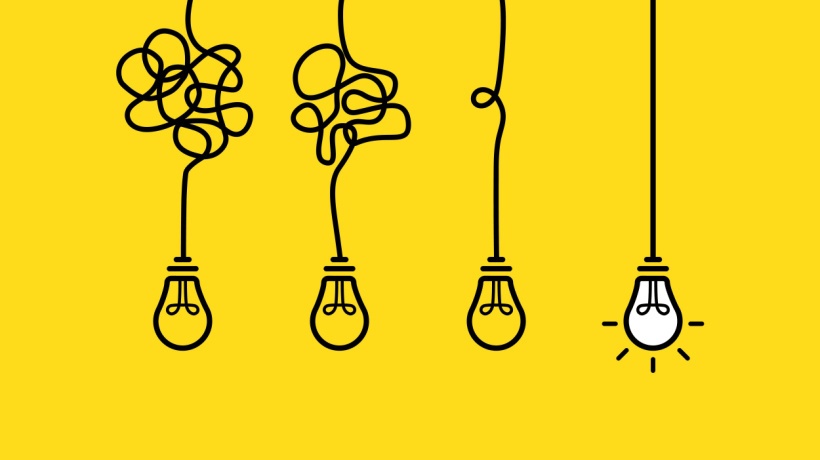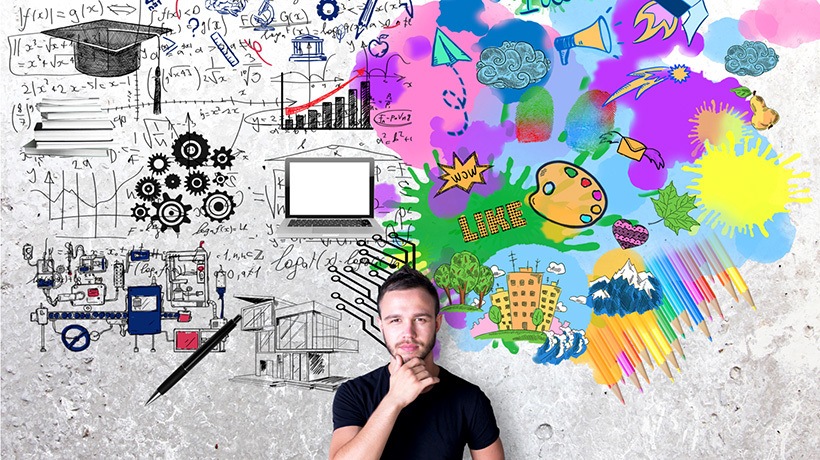Empathy, Problem-Solving, And Prototyping
Design thinking is a problem-solving approach that places the learner at the center of the product development process. Design thinking, as a problem-solving methodology, originated at IDEO, a renowned global design and innovation firm founded in 1991. IDEO is known for its human-centered approach to design and its contribution to popularizing design thinking. The roots of design thinking can be traced back to the 1970s, when David Kelley, one of the founders of IDEO, and his brother, Tom Kelley, began incorporating design principles into their work. They believed that the mindset and methods of designers could be applied to solving a wide range of complex problems, beyond traditional design disciplines. In the 1980s, IDEO started to formalize its approach, emphasizing a user-centered perspective. They began focusing on understanding people's needs, desires, and behaviors as the foundation for designing innovative solutions. This emphasis on empathy and a deep understanding of users became a fundamental principle of design thinking.
IDEO's breakthrough moment came in the 1990s when they collaborated with Stanford University's Hasso Plattner Institute of Design (d.school) to develop the concept of design thinking further. The d.school, along with IDEO, played a pivotal role in popularizing and formalizing design thinking as a structured methodology. IDEO's design thinking process typically follows a cyclical approach with five stages: empathize, define, ideate, prototype, and test. This iterative process encourages cross-functional collaboration, embracing multiple perspectives, and continuous iteration to arrive at innovative and human-centered solutions. Over the years, IDEO has demonstrated the effectiveness of design thinking across various industries and sectors. Their success stories include the design of the first computer mouse for Apple, the revamp of shopping carts for a grocery store, and the development of new healthcare services.
IDEO's contributions and thought leadership in design thinking have made it one of the primary influencers in the field. Today, design thinking is widely practiced and adopted by organizations worldwide as a powerful methodology to address complex problems, drive innovation, and create meaningful user experiences. By applying these six essential steps as a Learning and Development professional, you can leverage the principles of design thinking to create effective and impactful learning experiences.
The 6 Steps Of Design Thinking
Apply Empathy
Design thinking begins with empathy. To create meaningful learning experiences, L&D professionals must understand their learners' needs, preferences, and challenges. Conduct user research, interviews, and surveys to gather insights into their goals and aspirations. By empathizing with their perspectives, you can design learning solutions that resonate with your audience. Remember, practical learning experiences are not one-size-fits-all; they are tailored to address the unique needs of the learners.
Identify The Problem
Once you have a deep understanding of your learners, it's time to define the problem or learning challenge. Clearly articulate the learning objectives you aim to achieve. For instance, if you're designing a leadership development program, specify the skills, knowledge, or behaviors you want participants to acquire. This step ensures that your design aligns with the desired learning outcomes and allows you to measure the success of your interventions effectively.
Generate Ideas
Ideation is a crucial stage in design thinking, where innovative ideas are generated. Encourage brainstorming sessions and invite diverse perspectives to stimulate creativity. By creating a safe space for collaboration and idea sharing, you can unlock fresh insights and out-of-the-box solutions. Keep in mind that no idea is too far-fetched during this stage. Embrace the power of "what if" thinking and consider even the most unconventional ideas. This approach can lead to breakthrough innovations in your learning design.
Prototype
Design thinking emphasizes the importance of rapid prototyping. Create low-fidelity prototypes of your learning interventions, such as mock-up courses, interactive activities, or simulations. These prototypes provide a tangible representation of your ideas and allow for early feedback from learners or stakeholders. Based on their inputs, refine and iterate your design iteratively. This iterative process helps identify potential flaws or areas of improvement early on, leading to more effective and user-friendly learning solutions.
Implement User Testing
User testing is the final tip in our design thinking journey. It involves gathering feedback from learners and incorporating it into the design. You gain invaluable insights into their experience, preferences, and pain points by involving your target audience in the testing phase. Observe their interactions with the learning materials and listen to their feedback. This user-centric approach helps you make informed decisions and optimize your learning design for maximum impact.
Launch And Iterate
Design thinking is an iterative process that encourages continuous improvement. The journey does not end there once you have launched your learning solution. Gathering feedback, monitoring the impact, and iterating based on the results is essential. Actively seek feedback from learners and stakeholders after the launch. Surveys, interviews, focus groups, or even informal conversations can provide valuable insights into the effectiveness of your learning design. You will need to ask specific questions about their experience, areas of improvement, and suggestions for enhancements. Next, you can utilize data analytics and Learning Management Systems to gather quantitative insights. For your surveys, you and your team will need to monitor completion rates, engagement levels, assessment scores, and other relevant metrics. Analyzing this data can help you identify patterns, trends, and areas that require attention. Then, evaluate the feedback and data to identify the strengths and weaknesses of your learning solution.
Finally, you can celebrate the successes and areas where learners found value. Simultaneously, pinpoint aspects that need improvement or modification. Based on your analysis of the learner feedback, make iterative enhancements to your learning design. Implement changes that address the identified weaknesses and align with the learners' needs. This might involve revising content, modifying interactions, or incorporating new features or technologies. By continuously creating a better version of your learning solution based on the evolving needs and preferences of your learners, you center on the key human-focused element of design thinking.
Conclusion
Design thinking is a user-centric product development approach that uses an iterative process to develop the product or service. Design thinking is a useful tool in Learning and Development and, in particular, Instructional Design. By following the six steps of design thinking, you and your team can create a learner-centered design, which allows you to offer agile and flexible learning experiences that evolve as the learner needs change.








